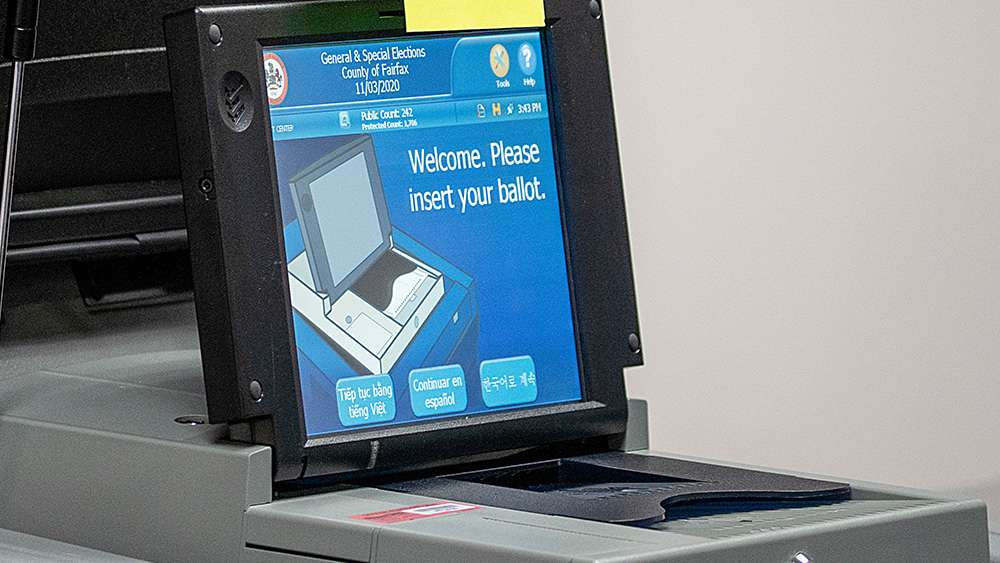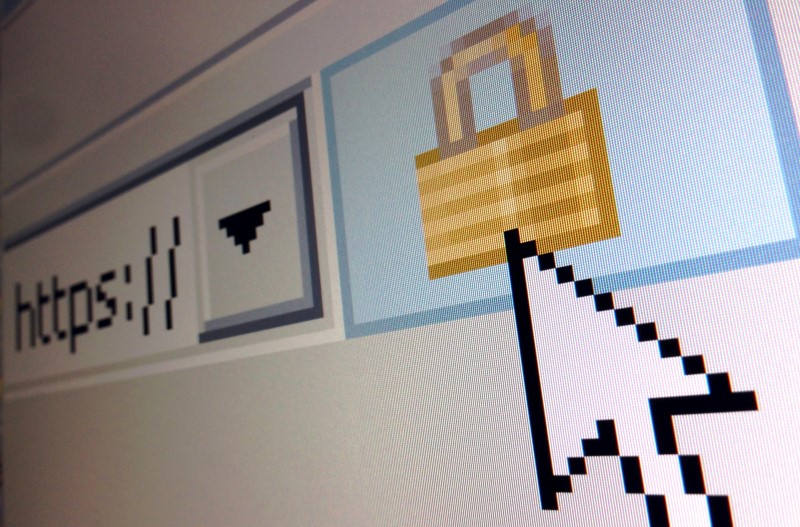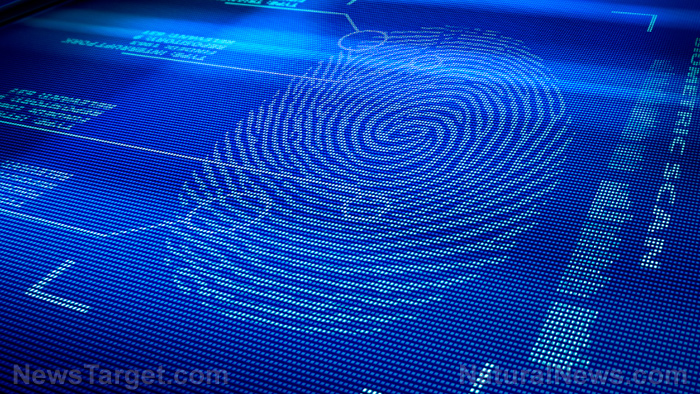9 Ways to hide your tracks and delete your digital footprint when SHTF
12/15/2020 / By Zoey Sky

Before disaster strikes, you need to know how to camouflage your online presence. This is crucial if you want to hide from others who may wish to do you harm in a post-SHTF world. (h/t to DoomsdayMoose.com)
It sounds like something out of a thriller or sci-fi movie, but because of recent technological advancements, anyone who wants to track you down can easily do so by studying your digital activity.
Detailed below are nine methods you can use to “disappear” and delete your digital footprint.
Use cash instead of cards
In a post-SHTF world, it’s likely that banks will eventually stop functioning. If you need to buy something, use on-hand cash instead of cards, which can easily be used to track your location.
If banks are still in operation, others can figure out where you used your card, how much you spent and even what you bought. This information can be dangerous if it falls into the wrong hands.
Close your social media accounts
People will post literally anything on social media: What they had for breakfast, what they’re currently doing, or even where they’re going to spend their vacation. To a civilian, these details may seem trivial, but to an experienced prepper, they can be used to quickly find you.
Even Facebook, which you may use to talk to family and friends, collects data about you, such as location data. If you want to keep a low profile, delete your social media accounts immediately.
Note that deactivating your accounts doesn’t mean they’re deleted completely. Be very thorough in scrubbing your accounts and use options for deletion, not just deactivation. (Related: Digital prepping: How to keep your personal data safe.)
Delete your post history
Posting the location of the restaurant you ate lunch at or the mall where you bought supplies may cause trouble for you after SHTF. Tell your family to be secretive about this information and don’t post online if you don’t want to be tracked by anyone else.
Don’t let your guard down even on prepper online forums. Always use an alias and never give personal information to people online.
Use stronger passwords
Having a lot of online accounts can make it harder to remember your passwords, but if you use simple passwords like Password123 or personal data like your birthday for most or all of your accounts, hackers can easily guess your password to steal your information.
Use strong passwords that are longer and combine uppercase and lower letters, numbers and symbols to make them harder to guess.
Prevent tracking through your devices and gadgets
Technology has significantly made life more convenient, but your phone, tablet, or laptop has also made it easier for other people to track your location.
Beware of free applications that come at a cost: Your personal data. Even if they’re free, you’re giving these apps access to your personal data, like online habits and location information. Once your information is handed over to the app maker, it can be sold to other companies.
Here are four ways to prevent tracking through your devices:
- Check for physical trackers. If you think you’re being followed, check for a physical GPS tracker on your person or your car. These items can help someone else track you, and high-quality trackers may too small to see with the naked eye. Trackers can be attached to your vehicle, laptop, or survival gear.
- Disable or delete location tracking and history. A lot of devices have automatic location tracking, so check your device settings and disable this option. Next, scrub your entire location history to prevent anyone from hacking into your account and seeing patterns of movement or finding out where you’re hiding.
- Activate airplane mode. Hackers can use Wi-Fi and cell towers to find you even if you’re not currently using your smartphone. If you don’t need to call anyone, put your phone on offline or airplane mode. This mode disables all wireless functions so your phone will be disconnected from Wi-Fi or cellphone towers.
- Use a burner phone with a prepaid SIM. If you don’t need most of the apps on a newer phone, downgrade to a simpler burner phone and use a prepaid SIM to bypass tracking. Both the phone and SIM card aren’t registered anywhere or linked to your name or bank account, making it harder for others to pinpoint your location.
- Turn off your phone and remove the battery. With older phone models, you can easily remove the battery to prevent anyone from using malware to record your conversations or track your location.
Even if the world doesn’t end tomorrow, you should be mindful of what you post and what you do online. Instead of relying on free apps that track your data or gadgets that can be hacked to access your location, use offline means of communication or shopping to delete your digital footprint.
When SHTF, you can rest easy that no one can hack your accounts or follow your online activity to your bug-out location.
Sources include:
Submit a correction >>
Tagged Under:
data privacy, emergencies, gadgets, off grid, online communication, online privacy, passwords, personal data, preparedness, prepper, prepping, prepping tips, prevention, privacy and surveillance, security, self-reliance, SHTF, Social media, survival
This article may contain statements that reflect the opinion of the author
RECENT NEWS & ARTICLES
COPYRIGHT © 2017 GLITCH.NEWS
All content posted on this site is protected under Free Speech. Glitch.news is not responsible for content written by contributing authors. The information on this site is provided for educational and entertainment purposes only. It is not intended as a substitute for professional advice of any kind. Glitch.news assumes no responsibility for the use or misuse of this material. All trademarks, registered trademarks and service marks mentioned on this site are the property of their respective owners.



















